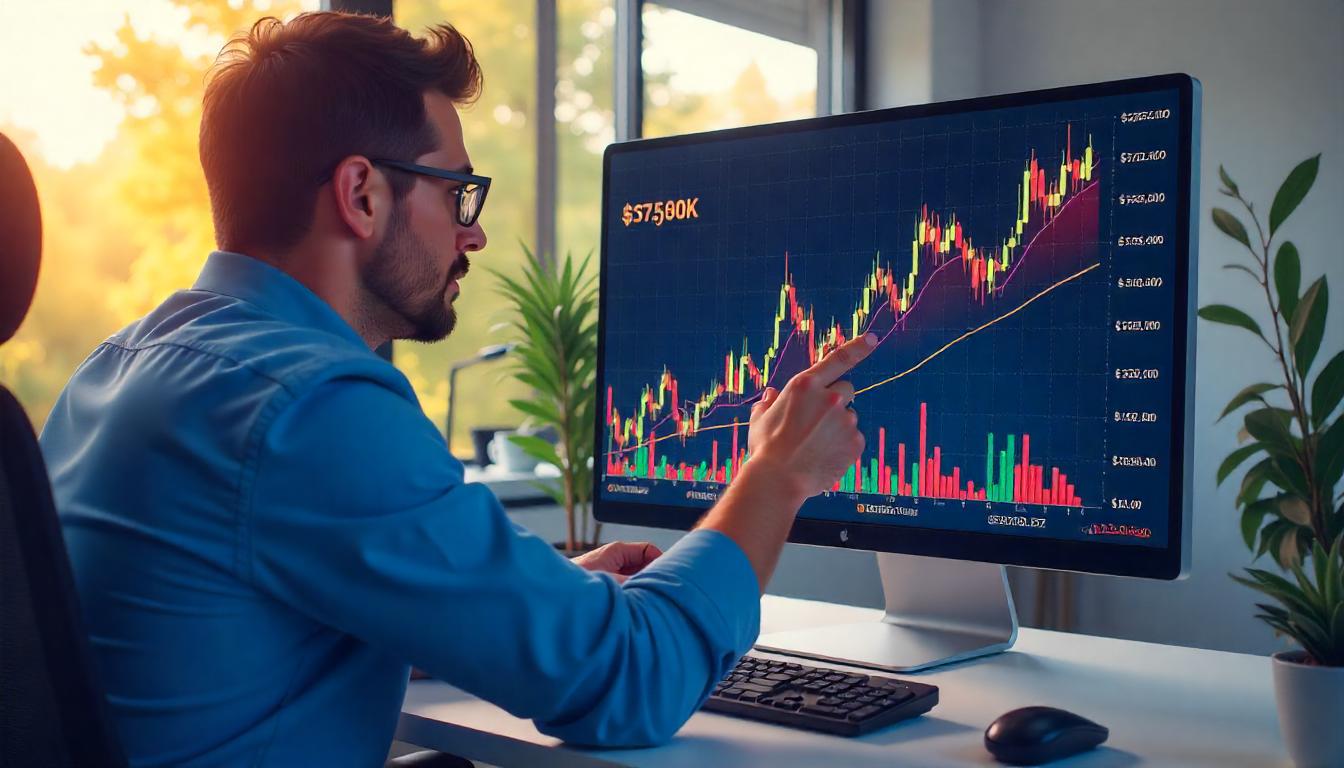Institutional Buying Can’t Break Bitcoin’s Stalemate as Spot Demand Weakens
Bitcoin remains locked in a consolidation phase, even as institutional investors continue to show interest. Sluggish demand in the spot market is holding back any significant price rallies, raising concerns about whether momentum can return.
As Asia kicks off the trading week, bitcoin (BTC) is trading near $109,000, showing a modest 0.8% gain over the past week and a 4.5% increase so far this month, according to CoinDesk figures.
Despite consistent purchases from Michael Saylor’s MicroStrategy (MSTR), steady inflows into bitcoin Exchange-Traded Funds (ETFs), and a growing number of companies integrating BTC into their corporate treasuries, bitcoin still hasn’t managed to reclaim its record highs.
A new report from CryptoQuant offers an explanation: Institutional buying isn’t enough to offset the broader slowdown in overall demand for bitcoin.
“The annual growth of bitcoin demand reflects the same trend: although ETFs and MSTR contribute to bitcoin buying, the broader demand contraction is outweighing these purchases. What truly drives price rallies is an acceleration in total demand growth,” CryptoQuant noted in its latest research.
The analytics firm estimates that bitcoin demand has declined by around -895,000 BTC over the past 30 days, illustrating the scale of the recent slowdown.
Institutional buying itself has also lost momentum. Back in December, ETFs acquired 86,000 BTC, while MicroStrategy purchased 171,000 BTC. Over the past month, however, those numbers dropped sharply to 40,000 BTC for ETFs and just 16,000 BTC for MicroStrategy.
As a result, bitcoin remains confined to a tight trading range, with CryptoQuant warning that current demand levels aren’t strong enough to spark a breakout.
An additional sign of cooling retail interest is bitcoin’s nearly empty mempool, indicating low transaction activity and diminished participation from individual investors.
The big question facing bitcoin is whether institutional buyers will maintain their recent pace—or whether slowing purchases could create further resistance for price growth.
Anthony Scaramucci, founder of SkyBridge Capital, expressed skepticism about relying too heavily on corporate treasury strategies as a sustained source of bitcoin demand:
“Right now we’re having this replicative treasury company idea. So, you know, it will fade,” Scaramucci said in a recent interview with Bloomberg.
“Saylor’s case is different because he’s got a couple different products going now,” he continued. “I’m not negative on the others, because I’m too bullish on bitcoin, but I would just say as an investor, you have to look through the underlying costs associated with each one of these treasury companies.”
Nonetheless, Standard Chartered remains optimistic about bitcoin’s future, maintaining its prediction that the cryptocurrency could eventually reach $200,000.
Market Snapshot
- BTC: Bitcoin stayed firmly above $108,500 over the weekend and ticked higher from $108,327 to $108,620 in the past hour. The $108,200–$108,300 zone is now acting as a support level for upward movement.
- ETH: Ethereum advanced from $2,520.45 to $2,558.63 on July 6, with trading volumes reaching 272,352 ETH. It’s finding support near $2,510 amid global economic uncertainty. In June, ETH ETFs recorded $1.1 billion in inflows, and record whale accumulation suggests potential for a breakout, although resistance lies near $2,600.
- Gold: Gold rose 1.91% last week to $3,336.61, driven by dollar weakness, a 91.5% probability of a Federal Reserve rate cut in September, renewed trade tensions, and a 73% surge in China’s gold imports.
- Nikkei 225: Japan’s Nikkei 225 index slipped 0.26% as investors reacted to mixed signals from the White House regarding trade tariffs.




